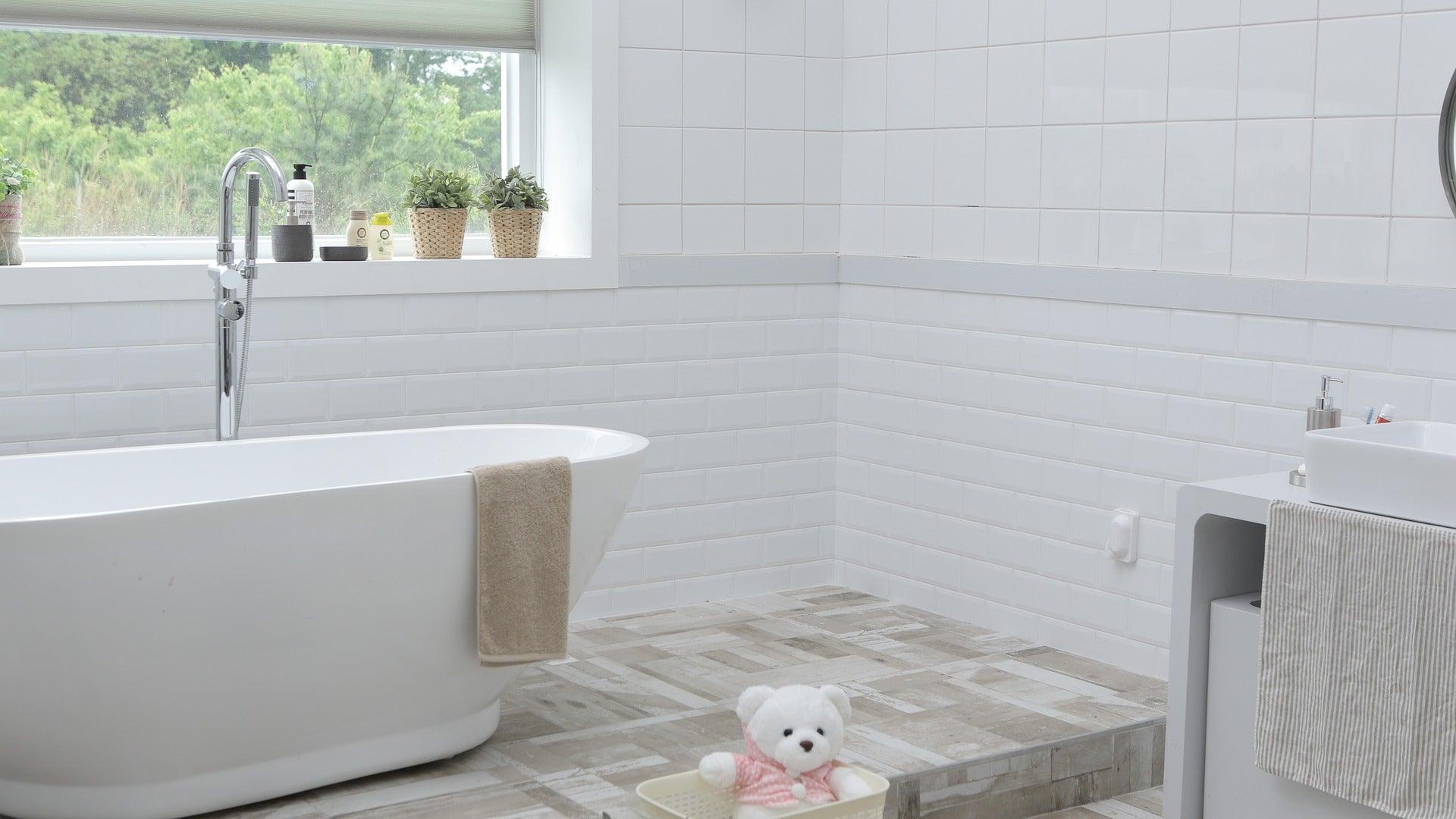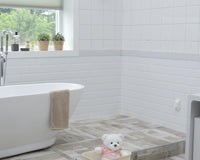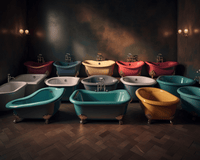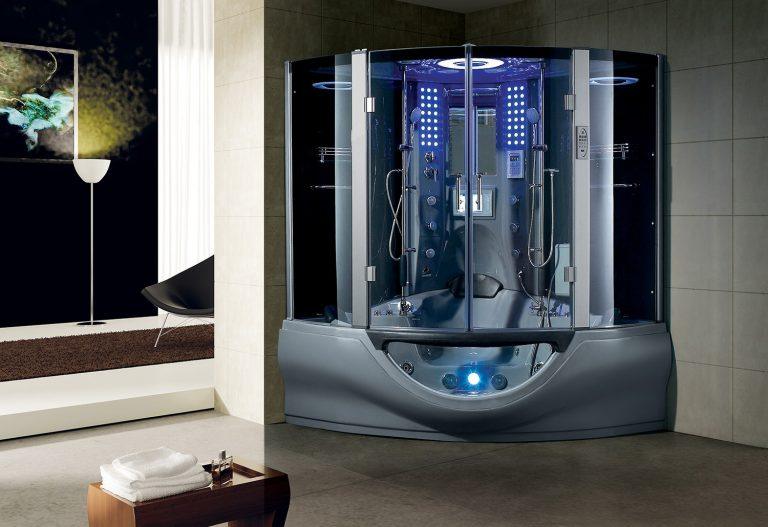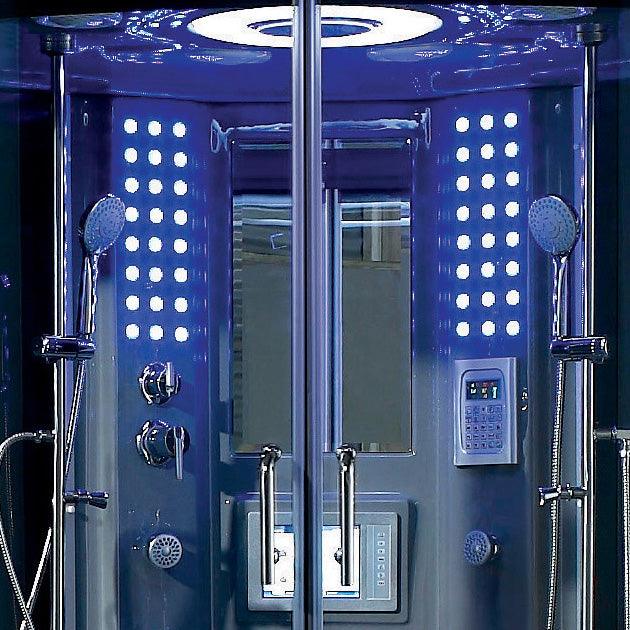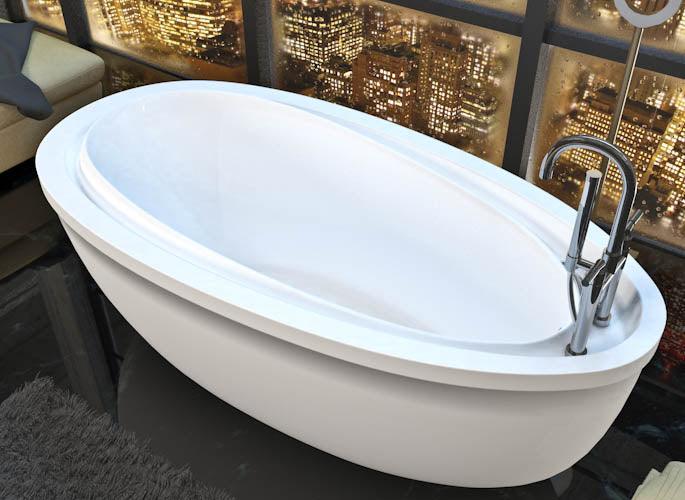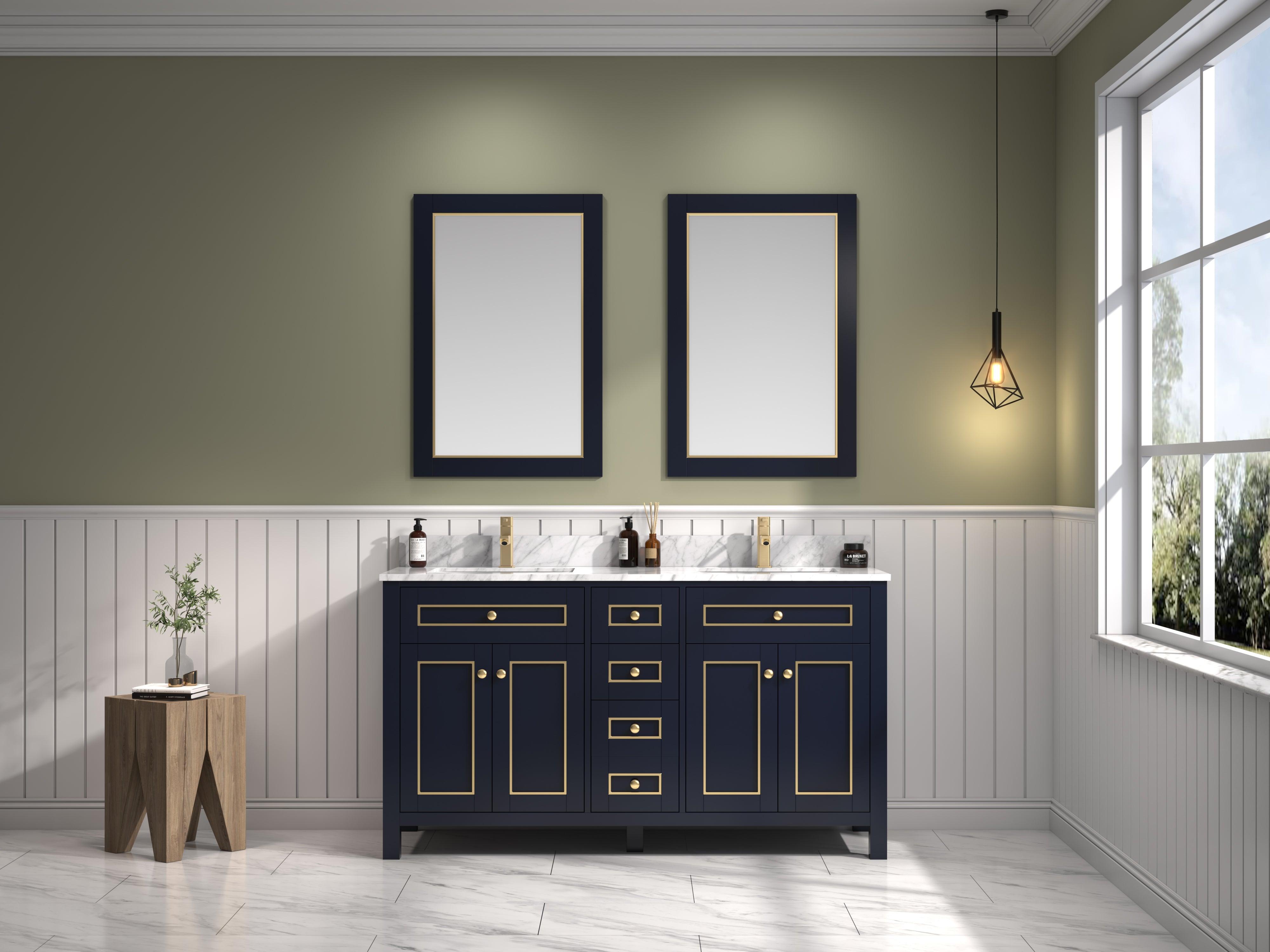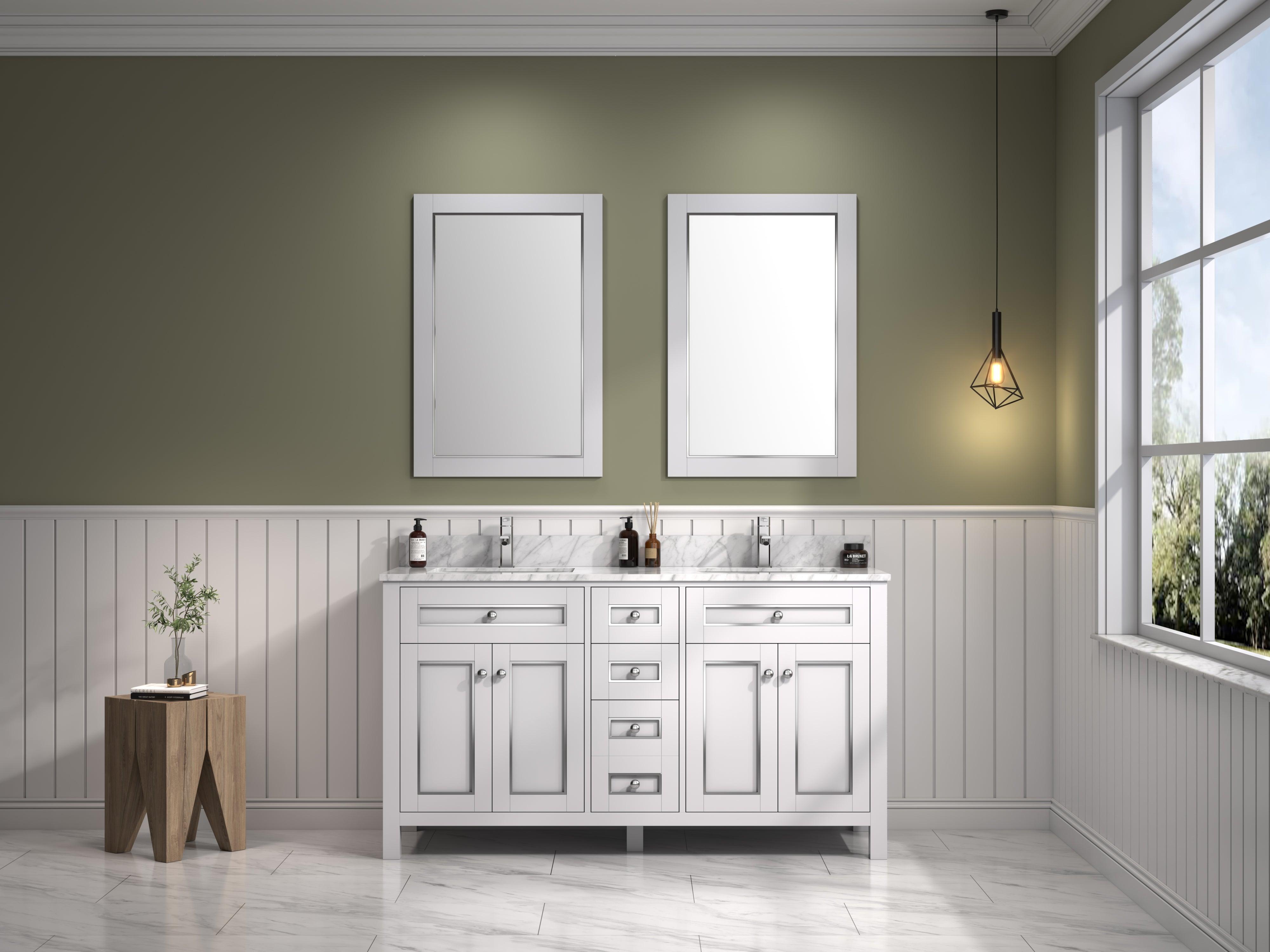Are you tired of spending your weekends in a bathroom that looks like a relic from the 70s? Have you been putting off renovating it because you’re not sure where to start?
You’re not alone. Renovating bathrooms can be tricky, and many people put off taking on the project until they know exactly what steps to take. That’s why we created ‘The Last Bathroom Renovation Guide You'll Ever Need’ – so anyone can easily transform their out-dated bathroom into an oasis without any hassle.
So whether you're looking for cost-effective materials or some quick DIY tips, this guide has everything you need to make your dream bathroom come true.
Essential Tools And Supplies
Bathroom renovation projects can be overwhelming. After all, you need to consider measuring space, selecting materials, taping walls and caulking trim before the process even begins. To ensure a successful project, it’s important to have the right tools and supplies on hand for each step of the process.
Measuring your bathroom is one of the first steps in planning a renovation. A laser measure or tape measure are essential for accurately determining square footage so that you know how much material you will need for your project.
You'll also want to invest in quality materials such as tile, paint and fixtures according to your budget. It's helpful to have samples handy when making decisions about colors and finishes.
Finally, depending on the complexity of your desired design and layout changes, there may come a point where hiring professionals would be beneficial. Professionals who specialize in plumbing or electrical work might be necessary if you plan on moving fixtures or expanding water lines within existing walls.
Now that you've gathered the required tools and materials needed for this undertaking, it's time to focus attention on establishing a budget that works best with your goals while taking into account any unexpected costs along the way.
Establishing A Budget
Now that you're ready to start your bathroom renovation, it's time to establish a budget. To ensure the success of this project and keep yourself from going over budget, there are several things to consider when setting aside funds for your renovation:
-
Reviewing quotes: Before making any decisions regarding materials or labor costs, be sure to get quotes from various suppliers and contractors so you have an understanding of how much money you'll need.
-
Choosing Materials: Consider what type of products you want in your space; decide between popular items such as tiles, vanities, fixtures etc., being mindful of quality versus price points while shopping sales.
-
Hiring Professionals: If you plan on hiring someone to do the job for you, make sure they are qualified and trustworthy professionals who can provide references upon request.
-
Measuring Space: Take accurate measurements before purchasing anything so that everything fits perfectly within the designated area.
-
Shopping Sales: Research online stores or local retailers for discounts and special offers which will help reduce overall costs associated with the project.
Once all these components are taken into account and you feel comfortable with your set budget, it’s time to begin finding fixtures which will bring your dream bathroom design together!
Finding Fixtures
A bathroom renovation is like a ship setting sail on a stormy sea. It requires careful consideration of the materials and planning, so that you don't get stranded in an uncharted land without supplies.
There are many things to consider when beginning your project: comparing models, selecting materials, ordering supplies, hiring professionals and even doing it yourself with DIY tips.
When it comes to comparison shopping for fixtures such as toilets, bathtubs, vanities and sinks, there's no substitute for seeing them in person if possible. Online reviews can be helpful but they may not tell the full story until you see the product firsthand.
You must also decide what type of material works best for each fixture - porcelain or acrylic tubs? Cast iron or stainless steel sinks? Wood or laminate vanity cabinets? Once these decisions have been made, then you'll need to start looking into suppliers from which to order these items.
If you're not confident about tackling installation yourself, then researching local contractors who specialize in bathroom renovations is essential. Get quotes from several candidates based on their experience level, reputation and customer reviews before making any commitments.
If you do choose to go the DIY route, keep in mind that some tasks will require specialized tools and knowledge; make sure to research online tutorials first! With all this done however, after just a few steps more you'll be ready to begin step-by-step demolition – time to take off the sails and let the voyage continue!
Step-By-Step Demolition
Before beginning any demolition in the bathroom, it is important to assess the damage and make sure that safety measures are taken to ensure no additional harm. This includes wearing protective gear such as gloves, goggles, and a dust mask when dealing with debris from tearing down walls or fixtures. Additionally, proper waste disposal should be considered before starting this process.
When demolishing your old bathroom there are several techniques you can utilize:
- Gutting: Removing all existing elements of the bathroom simultaneously for a blank slate approach
- Stripping: Taking apart certain elements one by one while still leaving some parts of the room intact
- Piecemeal: Tearing out only portions of the bathroom at once
No matter which technique is chosen, it is important to avoid causing more damage than necessary and dispose of materials safely.
After assessing potential hazards and protecting yourself accordingly, you will now be ready to move on to replacing or repairing floor and subfloor.
Replacing Or Repairing Floor And Subfloor
Renovating a bathroom is like a puzzle. You must carefully fit the pieces together in order to create something beautiful and functional that will last for years.
Replacing or repairing the floor and subfloor of your bathroom renovation can be one of the trickier puzzles, as it is often difficult to get all the components properly aligned.
To begin with, you need to make sure that all welding joints are secure and stable before continuing with any tile layout.
Once this is done, waterproofing sheets will need to be placed down in order to protect both the tiles and the underlying plywood from moisture damage.
This should also be followed by drywall preparation if necessary to ensure an even surface on which you can place your new tiles or other floor covering material.
Finally, mortar mixing will be required in order to adhere everything securely once it has been laid out correctly.
Now that your subfloor and floor are prepared, you're ready for the next phase: installing a new vanity! With its sleek lines and modern design, there's no better way to update your space than with a brand-new vanity unit.
Installing A New Vanity
Installing a new vanity is an excellent way to spruce up a bathroom.
Measure the space available for your vanity and make sure you choose a style that fits with your overall interior design scheme.
Preparing the walls may require patching, sanding and priming in order to ensure smooth surfaces.
Consider tiling the floor or adding plumbing upgrades as part of your renovation project:
-
Measuring space - Make sure you have taken accurate measurements so that you can select a vanity that will fit well within the confines of your particular bathroom layout.
-
Choosing style - The beauty of modern vanities comes from their range – there are sleeker models made from wood and glass, more ornate ones featuring intricate designs, and even those crafted out of marble or other unique materials. Take time to explore all the options before making a selection.
-
Prepping walls - Patch any holes in the wall, then use fine-grit sandpaper to create a smooth surface. Prime if needed before painting or wallpapering according to manufacturer's instructions.
-
Tiling floor - If possible, lay tiles on top of existing linoleum or vinyl floors; otherwise remove it first. Make sure all grout lines run straight across while keeping tile edges parallel with each other.
Plumbing upgrades should be considered carefully due to potential costs associated with them.
You may need to hire professional services depending on the complexity of installation involved; however this could result in better performance over time compared to DIY solutions.
To finish off your Vanity installation, consider accessorizing it with decorative items such as mirrors or lights which help enhance its functionality and appeal further down the line.
Now onto installing a new bathtub!
Installing A New Bathtub
Installing a new bathtub is a great way to upgrade your bathroom and make it look more modern. Although the process requires some planning, the end result will be worth the effort. There are several factors you should consider when picking out a style for your tub, such as choosing a finish that complements other fixtures in the room and finding a contractor who can do the job right.
| Steps | What You Need | Tips |
|---|---|---|
| Picking a Style | Pictures of different designs Measurement of space Budget considerations |
Research trends online Match with existing fixtures Consider long-term use |
| Choosing Finish | Porcelain or fiberglass? Satin or gloss? Custom finishes available? |
Get samples from store Compare prices/durability Cleaning supplies on hand? |
| Preparing Space | Furniture nearby Wiring accessible? Does it fit through doorways? |
Clear away items first Shut off water supply Remove existing fixtures if needed |
When researching materials and selecting colors, think about how they’ll work together and what kind of maintenance you’re willing to commit to over time. Finding reliable contractors with experience installing bathtubs is also an important step. Look into references, check reviews online, read contracts carefully before signing – all these steps can help ensure good results while avoiding potential problems down the road.
With careful consideration given to each aspect of the project from start to finish, you’ll have peace of mind knowing that your investment in your bathroom renovation will last for years to come. Now all that's left are those finishing touches like window treatments and decorative accents!
Finishing Touches
Once you have the basics of your bathroom renovation in place, it’s time to think about adding some finishing touches.
Creating accents with wall decorating and choosing colors can add a lot of personality to your new space. You may also want to consider adding storage solutions that are both stylish and functional; explore all the options available so you can find the perfect fit for your needs.
Adding those special touches doesn't mean you need an extensive budget or lots of extra time – with a few simple decorations you can quickly bring life into any room. Look through magazines, websites and home improvement stores for ideas on how best to accessorize your remodel.
Don’t forget that even small details like towels, rugs and accessories help tie together the overall look of your bathroom renovation project.
When done properly, these finishing touches will give your newly renovated bathroom its own unique style and flair. With careful thought put into each element, this room becomes more than just a utilitarian area - it becomes part of who you are as well!
Now that we've discussed decorative considerations, let's move onto electrical and plumbing considerations next.
Electrical And Plumbing Considerations
Installing electrical outlets is an important part of any bathroom renovation. It's best to budget for a professional electrician if you don't have the knowledge or experience in this area.
When it comes to choosing pipes, remember that copper and brass are more expensive than PVC but they last longer and can handle higher water pressure.
Tiling tips include making sure your tile lines up with grout lines and spacing them evenly.
Caulking techniques involve using caulk around fixtures like sinks, toilets, and tubs so there isn't any moisture seeping through the cracks. Make sure you use the right type of caulking material based on where it will be used; silicone-based caulk should go in wet areas while acrylic latex sealant works better in dryer locations.
Finally, take into account how much time you want to spend on completing the project as well as figuring out what materials and tools you need before beginning your renovation journey.
With these considerations in mind, let’s turn our attention to final thoughts about renovating bathrooms.
Final Thoughts
Now that the electrical and plumbing considerations have been discussed, it's time to consider the final thoughts about bathroom renovations. Thinking ahead is key when planning a renovation; this includes not only design choices but safety measures as well.
It's important to take into account cost saving tips such as using existing fixtures and materials where possible, rather than buying new items. Additionally, making sure any appliances are energy efficient can help reduce costs in the long run.
When it comes to maintenance, selecting durable fixtures and materials will save you time down the line. Making sure pipes and drains are properly sealed with quality sealants or coatings is essential for preventing future problems due to water damage or mold growth.
Finally, be sure to use non-slip surfaces on floors and bathtubs which will make them easier to clean while also providing a safer environment for anyone using your newly renovated bathroom.
With all of these factors taken into consideration, your bathroom renovation should turn out exactly how you envisioned: an attractive space that offers comfortable usability and reliability over many years of use. So go ahead - start dreaming up plans for your perfect bathroom today!
Frequently Asked Questions
How Much Time Does A Bathroom Renovation Typically Take?
The time it takes to complete a bathroom renovation can vary depending on the complexity of the project, as well as if you're doing any DIY work.
Generally speaking, when planning for a full bathroom remodel, budget around 6-10 weeks for completion. Of course, this will depend largely on your space optimization strategy and budgeting strategies.
For example, if you want to incorporate some modern design trends like a walk-in shower or heated floors in your space, expect that timeline to be pushed back slightly.
With proper planning stages and using diy tips where appropriate, however, you should be able to finish up your new look quickly and efficiently.
What Are The Best Materials To Use For A Bathroom Renovation?
When it comes to bathroom renovations, there's no such thing as 'one size fits all'.
From ceramic tiles and water-proofing strategies for the walls and floors, to ventilation systems and drain installation, every project is unique.
However, one key element of a successful renovation remains true: using high quality materials that are designed to last.
Ceramic tiles make great flooring options due to their durability; waterproofing strategies can help protect against moisture damage; effective ventilation systems will prevent mold growth; good drainage will keep your bathroom free from standing water; and installing light fixtures with appropriate wattage ensures even lighting throughout the room.
With careful planning and well-chosen materials, you'll be able to create a beautiful bathroom that stands the test of time.
Are There Any Safety Considerations To Take Into Account During A Renovation?
Safety considerations should always be taken into account when undergoing a bathroom renovation.
Ventilation, flooring, plumbing, wiring and fixtures all need to be properly installed for the safety of those using the space.
Proper ventilation is essential as it can help prevent mold growth and protect against moisture damage. Flooring needs to be securely attached so that there are no trip hazards or loose tiles.
Plumbing requires professional installation in order to avoid leaks and water damage. Wiring should be done correctly to ensure that it meets local building codes and protects against electrical fires.
Lastly, fixtures must also be secure; otherwise they may cause falls or other injuries if not mounted properly.
By taking these measures into account during your renovation project you can guarantee a safe finished product.
Does A Bathroom Renovation Require A Permit?
When planning a bathroom renovation, it is important to know if a permit is required. This will vary depending on your local zoning laws and the scope of the project.
Generally speaking, permits may be needed for major plumbing changes, fixture selections, lighting design, tile installation and other components that require professional expertise.
It is always best to check with your local municipality before beginning any work as they are able to provide you with up-to-date information regarding permitting requirements.
Do I Need To Hire A Professional To Complete A Bathroom Renovation?
Exploring the idea of a bathroom renovation can be like stepping into an unknown abyss; costs, needs, and options are all swirling around in a seemingly endless vortex.
Hiring a professional for such a project can weigh heavily on your mind and pocketbook.
Shopping around is key to finding the right contractor for you, as well as getting quotes from different professionals so you can compare them side-by-side.
Ultimately it's up to you to decide whether or not hiring a pro will benefit your bathroom renovation journey - but at least now you know what steps to take when weighing that option!
Conclusion
Renovating a bathroom is no easy task, but with the right materials and safety considerations taken into account, it can be done.
'Rome wasn't built in a day,' so don't expect your renovation to be complete after one weekend of work.
A professional may not always be necessary, as long as you are comfortable completing the tasks yourself.
I recommend taking time to research all that is involved before beginning any project.
With some patience and dedication, your dream bathroom will soon become reality!

